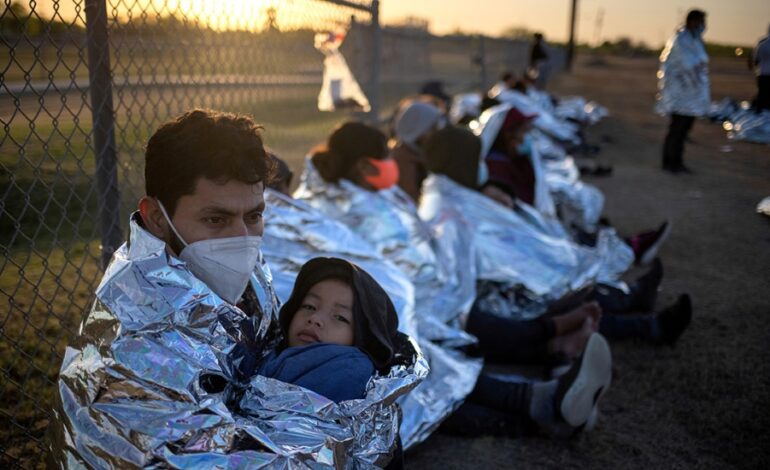
Avellon Williams
MEXICO- Since reopening the southern border to asylum seekers is likely, the United States government is urging Latin American allies to strengthen immigration controls and expand their asylum programmes.
In an effort to limit the spread of COVID-19, US President Joe Biden is under increasing pressure from his party to end asylum restrictions that have been in place since March 2020.
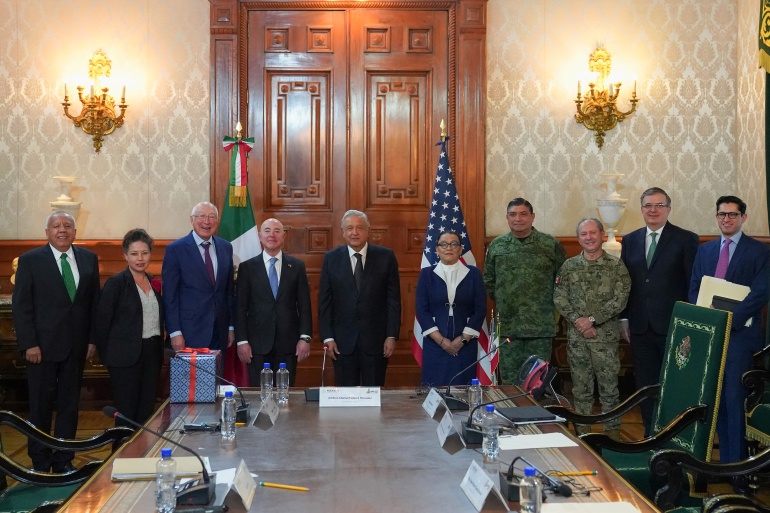
A day after holding talks in Mexico, Homeland Security Secretary Alejandro Mayorkas met with officials in Costa Rica. Support from allies would be crucial to controlling a surge in migration once those restrictions are lifted.
In addition to having their asylum systems, both countries are important transit routes for immigrants from South America and other parts of the world.
As a step to slow Venezuelans and Cubans from migrating, Costa Rica began requiring visas for both groups last month. Cubans already required visas, and Venezuelans were added to the list in January.
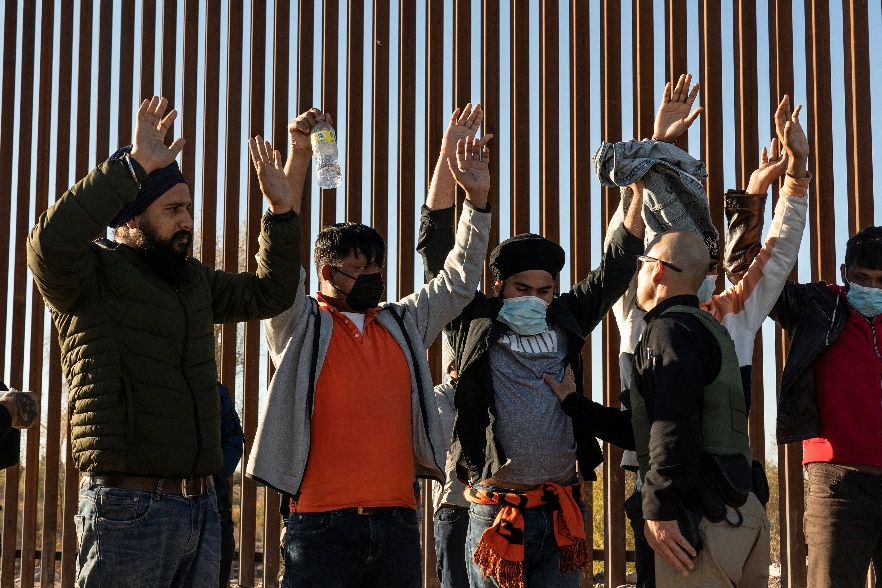
According to figures released Tuesday, US authorities encountered Venezuelans 3,072 times along the US-Mexico border in February, down sharply from 22,779 in January. The figures illustrate the impact of Mexico’s new requirement for Venezuelans, which took effect on January 21.
Colombians who do not need visas to travel to Mexico were encountered 9,600 times, compared to 3,911 times in January.
Overall, US Customs and Border Protection encountered migrants 164,973 times along the border in February, well below an August high of more than 200,000, but up from 154,745 in January and 101,099 in February 2021.
“We’re securing commitments and supporting partners in South and Central America so they can host more refugees and secure their borders,” Biden said in his State of the Union address this month.
President Biden elaborated on those remarks when he welcomed Colombian President Iván Duque to the White House last week.
“I’m calling for a new framework of how nations throughout the region can collectively manage migration in the Western Hemisphere,” Biden said.
“Our goal is … to sign a regional declaration on migration and protection in June in Los Angeles when the United States hosts the Summit of the Americas.”
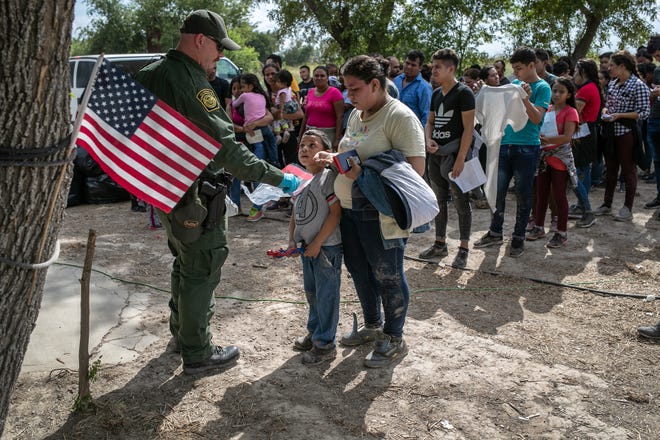
A more regional approach to asylum could include Costa Rica, Panama, and Colombia, according to Alan Bersin, the former assistant secretary of Homeland Security for international affairs who was also head of Customs and Border Protection under President Barack Obama.
“In order to bring the border migration surges under control, we should offshore asylum” to other countries, Bersin said. “This kind of regional approach to migration is going to be critical.”
Despite this, even countries with relatively capable asylum systems like Mexico, Costa Rica, and Colombia have been overwhelmed in recent years.
Mexico received 131,448 asylum applications last year, nearly twice as many as before the Coronavirus outbreak in 2019 and more than 100 times more than in 2013.

Since Nicaragua’s political crisis erupted in 2018, Costa Rica has welcomed tens of thousands of Nicaraguans each year. Costa Rica has gone from 68 and 67 asylum applicants in 2016 and 2017, respectively, to 59,450 last year, 89 percent of them Nicaraguans. In January alone, Costa Rica saw 5,350 asylum requests.
Adding to the worries for Costa Rica is that a second round of voting for a new president will take place on April 3 during a time of unemployment of 13.1%. The police recently cleared nearly 2,000 Nicaraguans from the capital, who had tried to establish an informal settlement.
As a result of Venezuela’s economic and political crises, Colombia has offered temporary protection to 1.8 million Venezuelans.
In contrast, the Panamanian government has very limited asylum capacity, processing fewer than 10,000 asylum requests pre-pandemic 2019.
Despite the violence and a lack of economic opportunities, Mexico and Colombia produce significant numbers of migrants.

According to Maureen Meyer, vice president for programs at the Washington Office on Latin America, a non-governmental human rights group, “these are not necessarily countries that can absorb a lot of people who need support.”
Any solution should also include alternatives for those who don’t qualify for asylum, but still desperately need to migrate, she said.
“And the flip side is, as long as the US has its asylum system closed to the majority of asylum seekers, it seems very difficult to incentivise other countries to do something that the US is not,” Meyer said.
As of late Friday, the US Centers for Disease Control and Prevention lifted a ban on unaccompanied child migrants seeking asylum in the US. Despite the Trump era, Title 42, named for a 1944 public health law, remains in effect for adults and families traveling with children.
According to Tiziano Breda, Central America analyst with International Crisis Group, currently tense US relations with Guatemala and El Salvador “could complicate the implementation of possible regional plans”.
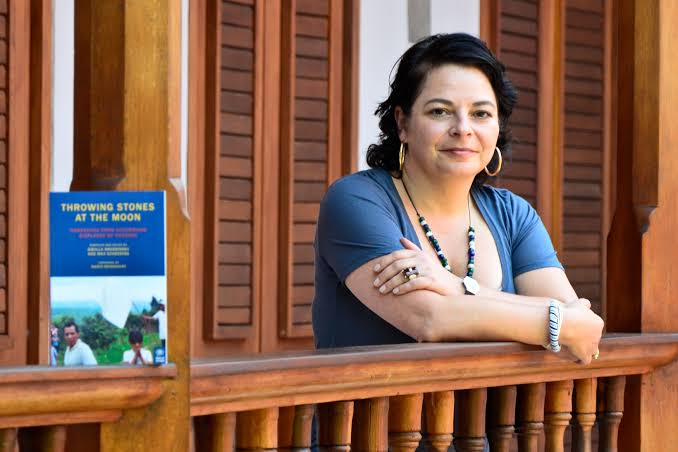
Sibylla Brodzinsky, a spokeswoman for the UN High Commissioner for Refugees, said the UNHCR tries to assist countries within the hemisphere in building their capacities to take in refugees and asylum seekers.
Nevertheless, she distinguished from “burden-shifting,” or “not taking on the responsibility, but asking other countries to do so.”
The UN refugee agency has long urged the US government to cease using Title 42 at the border.
Chuck Schumer, the majority leader of the Senate in New York, said on Saturday that he was perplexed by the CDC’s “continued draconian policies” at the border despite signs of recovery from the pandemic.
There is a possibility that Mayorkas’ visits could pave the way for finally lifting the policy.


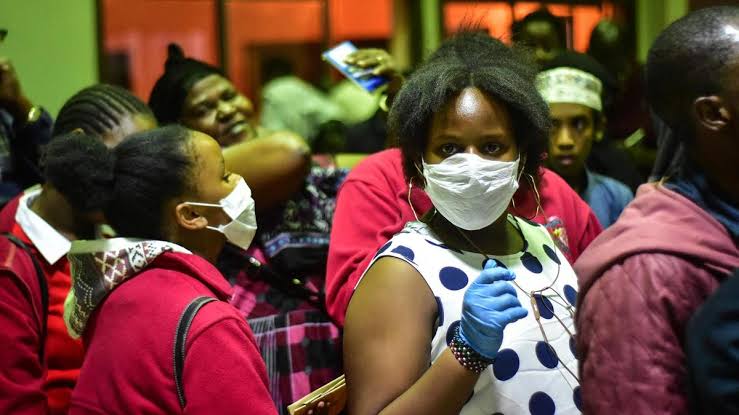


Recent Comments